Table of content
Cabbage, a leafy green or purple vegetable beloved globally for its crunchy texture and mild flavor, has been a dietary staple for centuries. Beyond its fresh consumption, drying cabbage is an age-old preservation technique that extends its shelf life, concentrates its nutrients, and unlocks versatile culinary possibilities. Whether you aim to stockpile produce for lean seasons, reduce food waste, or experiment with new flavors, mastering the art of drying cabbage is a rewarding skill. This guide delves into the step-by-step process of sun-drying cabbage, offering insights into equipment, techniques, and creative applications.
Why Dry Cabbage?
Drying cabbage removes moisture, inhibiting microbial growth and enzymatic activity that cause spoilage. The result is a lightweight, nutrient-dense ingredient that retains most of its original vitamins and minerals. Dried cabbage can be rehydrated for use in soups, stews, stir-fries, or even ground into powder as a seasoning. Additionally, the process aligns with sustainable living by minimizing reliance on refrigeration and reducing food waste.
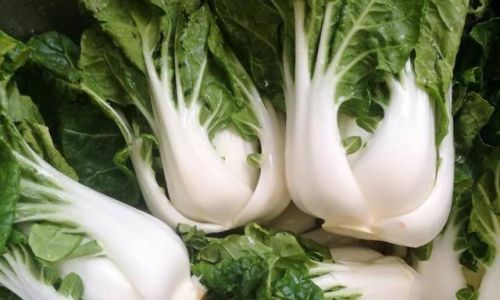
Materials and Tools Required
Before diving into the drying process, gather the following essentials:
- Fresh Cabbage: Opt for firm, unblemished heads with crisp leaves. Savoy, green, or Napa cabbage varieties all work well.
- Sharp Knife and Cutting Board: For slicing cabbage into uniform pieces.
- Saline Solution (Optional): A brine made of water and salt to prevent discoloration during blanching.
- Large Pot (for blanching): If you choose to blanch cabbage before drying.
- Clean Cloths or Paper Towels: To pat cabbage dry after blanching.
- Drying Racks, Trays, or String: For air-drying cabbage outdoors or indoors.
- Dehydrator or Oven: For accelerated drying (optional).
- Airtight Containers: Glass jars or vacuum-sealed bags for storing dried cabbage.
Step-by-Step Guide to Drying Cabbage
Preparing the Cabbage
- Cleaning: Rinse the cabbage head under cool water to remove dirt. Peel off the outer leaves, which may be wilted or damaged.
- Slicing: Halve the cabbage and core out the tough stem. Slice the halves into thin shreds (¼ to ½ inch thick) or quarter them for larger pieces. Uniformity ensures even drying.
- Blanching (Optional): Blanching halts enzyme activity and preserves color. Submerge cabbage slices in boiling water for 2–3 minutes, then transfer to an ice bath. Drain and pat dry.
Salting (for Fermentation or Flavor)
Some traditions involve lightly salting cabbage shreds to draw out moisture and enhance flavor. Toss cabbage with kosher salt (1–2 tablespoons per head) and let it sit for 30 minutes. Rinse thoroughly to avoid excessive saltiness.
Drying Methods
A. Sun-Drying
Sun-drying is the most traditional method but requires dry, hot weather (ideally above 85°F/30°C with low humidity).
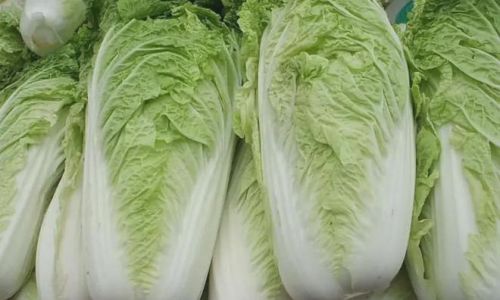
- Setup: Spread cabbage shreds in a single layer on drying trays or mesh screens. Elevate trays to allow airflow.
- Protection: Cover with cheesecloth to shield from insects and debris.
- Rotation: Flip cabbage every 2–3 hours to ensure even drying. Sun-drying typically takes 1–3 days.
B. Oven-Drying
Ideal for regions with unpredictable weather.
- Preheat: Set the oven to the lowest temperature (140–150°F/60–65°C).
- Arrange: Place cabbage on baking sheets lined with parchment paper. Leave space between pieces.
- Dry: Prop the oven door open slightly to release moisture. Check every hour; drying takes 4–8 hours.
C. Food Dehydrator
The most controlled method, ensuring consistent results.
- Load: Spread cabbage on dehydrator trays.
- Set Temperature: Use 125–135°F (52–57°C).
- Dry: Process for 6–10 hours, rotating trays periodically.
Testing for Dryness
Dried cabbage should be brittle and crack when bent. Overly flexible pieces risk spoilage. Store a test piece in a jar for a week; if condensation forms, the cabbage isn’t dry enough.
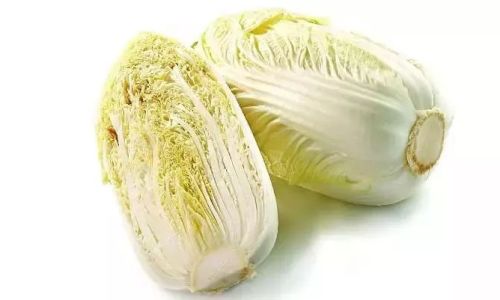
Storing Dried Cabbage
Proper storage is critical to prevent rehydration or pest infestation:
- Containers: Use airtight glass jars, metal tins, or vacuum-sealed bags.
- Location: Store in a cool, dark place (ideally below 70°F/21°C).
- Shelf Life: Properly dried cabbage lasts 6–12 months.
Rehydrating and Using Dried Cabbage
Dried cabbage rehydrates quickly in liquid, making it ideal for hearty dishes:
- Soaking: Submerge in hot water or broth for 15–20 minutes.
- Cooking: Add directly to soups, stews, or casseroles during the last 30 minutes of cooking.
- Culinary Ideas:
- Soups: Enhance minestrone or vegetable soup with rehydrated cabbage.
- Stir-Fries: Sauté with garlic, soy sauce, and vegetables.
- Cabbage Rolls: Use as a filling for stuffed cabbage rolls.
- Snacks: Toss dried cabbage with olive oil and spices, then bake into crispy chips.
Health Benefits of Dried Cabbage
Drying concentrates cabbage’s nutritional profile, offering:
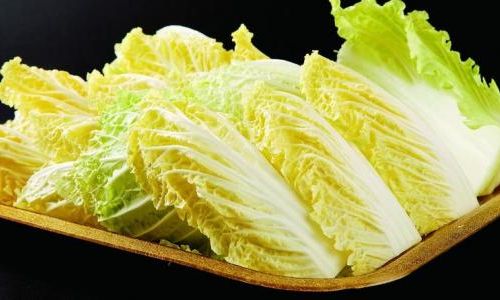
- Fiber: Supports digestion and satiety.
- Vitamins: Retains vitamin C (an antioxidant) and vitamin K (for bone health).
- Antioxidants: Compounds like sulforaphane may reduce inflammation.
- Low Calorie: A 1-cup serving of dried cabbage contains ~30 calories.
Troubleshooting Common Issues
- Mold Growth: Discard affected pieces. Ensure thorough drying and proper ventilation.
- Uneven Drying: Rotate trays frequently and slice cabbage uniformly.
- Over-Drying: Cabbage becomes too brittle; grind into powder instead.
Sustainability and Cost-Efficiency
Drying cabbage at home reduces packaging waste and transportation emissions. A single head of cabbage, when dried, shrinks to about 10% of its original size, saving storage space.
Conclusion
Drying cabbage is a blend of culinary artistry and practical preservation. Whether you’re a homesteader, a budget-conscious cook, or a flavor enthusiast, this technique offers a gateway to year-round access to cabbage’s nutritional and culinary benefits. Experiment with drying methods, store your bounty wisely, and savor the versatility of this humble vegetable in dishes spanning cultures and seasons.
By embracing the time-honored practice of drying cabbage, you not only honor tradition but also empower your kitchen with a sustainable, nutrient-rich ingredient ready to elevate countless meals.
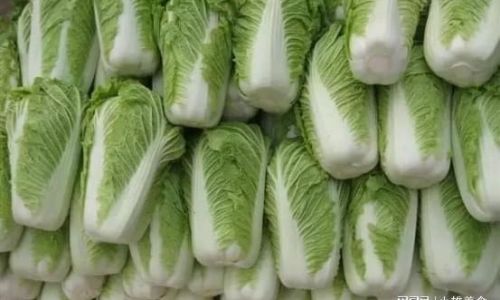

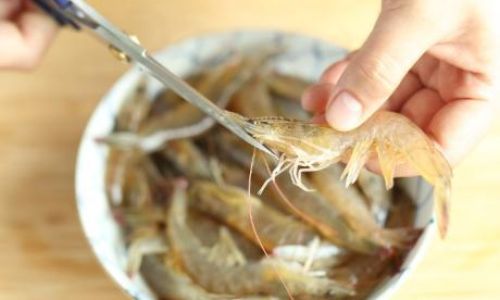


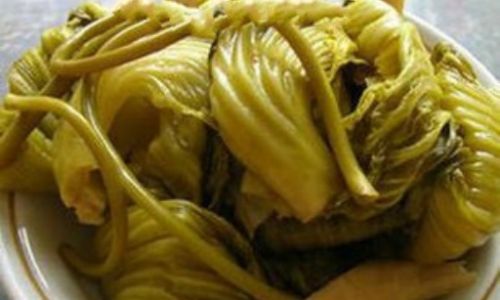
0 comments